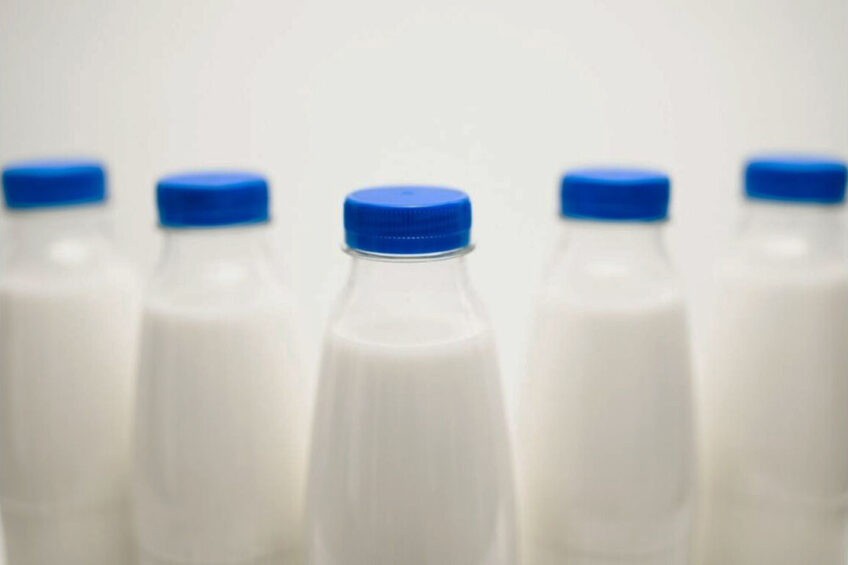Fonterra announces lower opening milk price

Fonterra announced a lower opening milk price for next season. The company says Chinese demand lags behind pre-pandemic levels.
“We still haven’t seen the re-emergence completely of where China was from pre-Covid levels, so that’s obviously put a little bit of softening in both the current season and the outlook,” Fonterra chief executive, Miles Hurrell, says in an interview. Hurrell expects Chinese demand to start returning to normal towards the end of this calendar year.
The co-operative expects to pay farmers between NZ$7.25 (US$4.41) and NZ$8.75 (US$5.32) per kilogramme of milk solids for the season, starting in June.
Senior agri economist of Westpac New Zealand, Nathan Penny, thinks the Chinese economy will gain momentum over the course of the year, and improved Chinese demand will lift global dairy prices. Penny says a very subdued global milk supply will provide additional support for prices. “On this basis, our 2023-2024 milk price forecast stands at NZ$10.00 (US$6.07) per kg milk solids.”
Dairy farmers look for savings
Looking to next season, Penny expects production to remain weak. “First up, we expect cow numbers to continue to decline. In addition, we expect the squeeze on farm profits will crimp production as farmers look for savings where possible, including on things such as fertiliser, farm maintenance and animal health. With this in mind, we have pencilled in a 1% fall in production over the 2023-2024 season compared to 2022-2023 at this early stage.”
According to a survey of farming production, the total number of dairy cattle was 6.1 million in June 2022. This is 8% lower than in 2014 when the total dairy cattle herd peaked at 6.7 million. While the dairy cattle herd has decreased in both islands, the North Island has seen a much larger fall.
The prices on the Global Dairy Trade auction fell a touch on 16 May. Overall prices fell 0.9% to US$3,488 per metric tonne, although key whole milk powder (WMP) prices rose 0.3%. “Coming late in the season, the result also doesn’t change the outlook for this season’s milk price,” Penny says. “Thus, we reaffirm our milk price forecast of NZ$8.30 (US$5.04) per kg MS.
In Australia, processor Bulla Dairy Foods in southwest Victoria was the first processor that announced a milk price band for the new season, starting in June. The company is offering a price of AUS$8.80 (US$5.72) to AUS$9.60 (US$6.24) per kg MS.
Australian farmers are facing rising costs and are expecting processors to offer prices above AUS$9 per kg MS, but dairy processors have warned they face a tough domestic trading environment which will slash margins.
Chief executive of Bulla Dairy Foods, Allan Hood, says the opening price was lower than the current season’s price because the company is taking a more conservative approach. He expects the price to be competitive. But Bulla Dairy Foods is prepared to make the necessary adjustments to remain competitive in the market if other companies made stronger bids, Hood says.
Australian dairy farmers have urged their government not to make them a scapegoat in the final stages of trade negotiations with the European Union. They fear Australian producers could be blocked from using names such as ‘feta’ as part of a free trade agreement that both sides hope to finalise by mid-year.
In the US, the US Department of Agriculture (USDA) has launched an assistance programme to help organic dairy producers. The Organic Dairy Marketing Assistance Act was established to help mitigate market volatility, higher input and transportation costs, and unstable feed supply and prices that have created ‘unique hardships in the organic dairy industry’. The USDA is making US$104 million available to organic dairy operations to assist with projected marketing costs in 2023.






